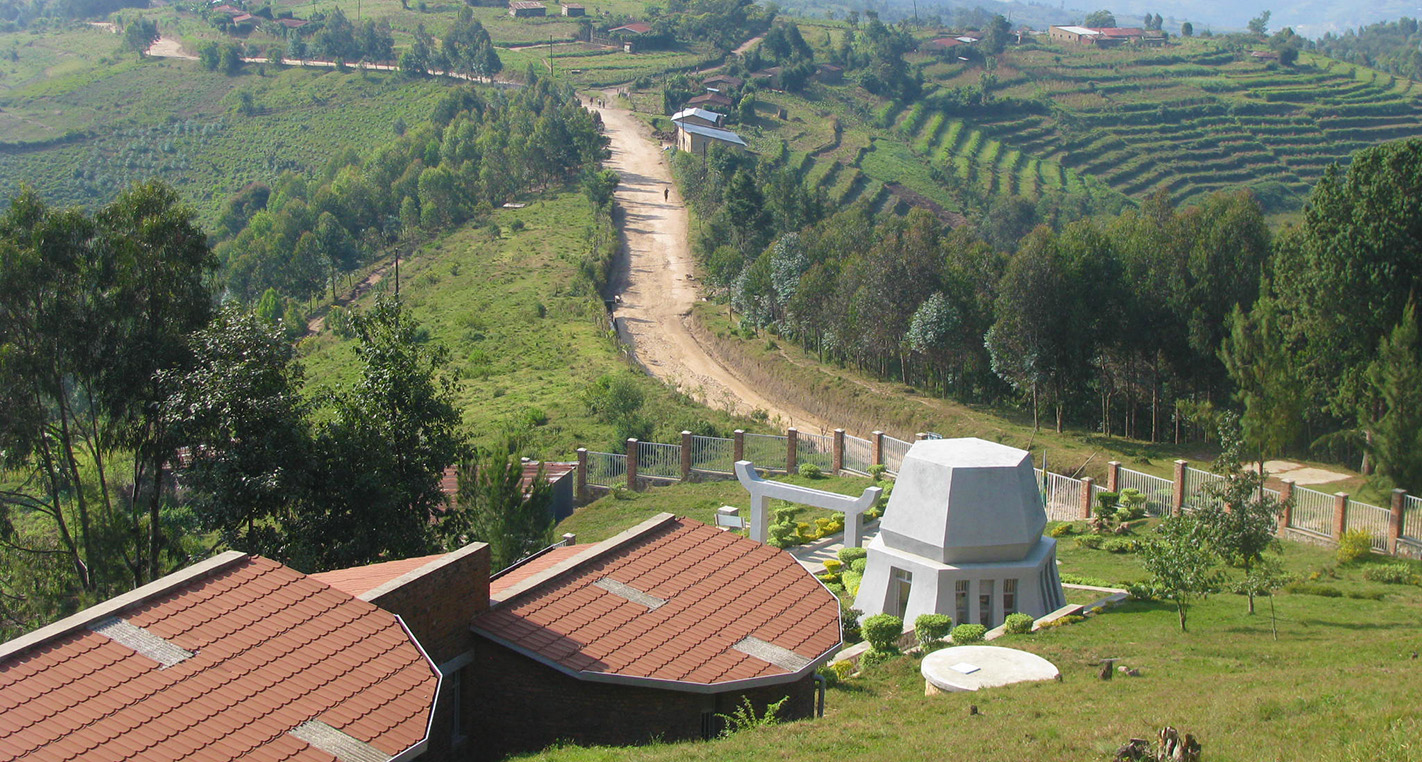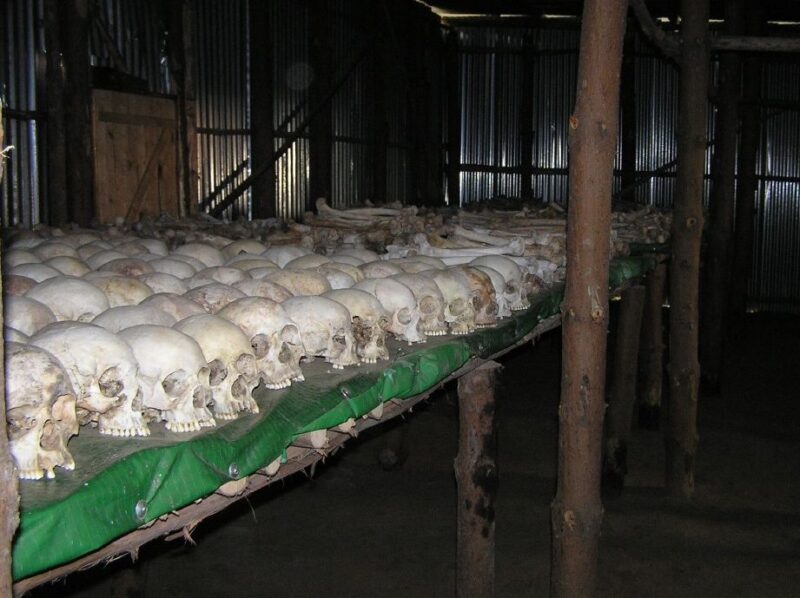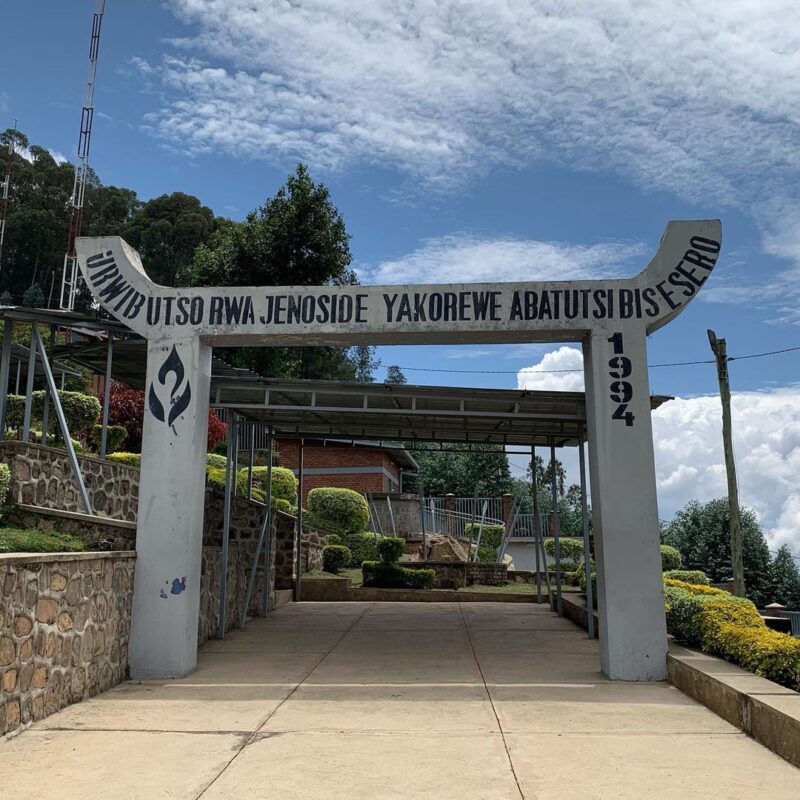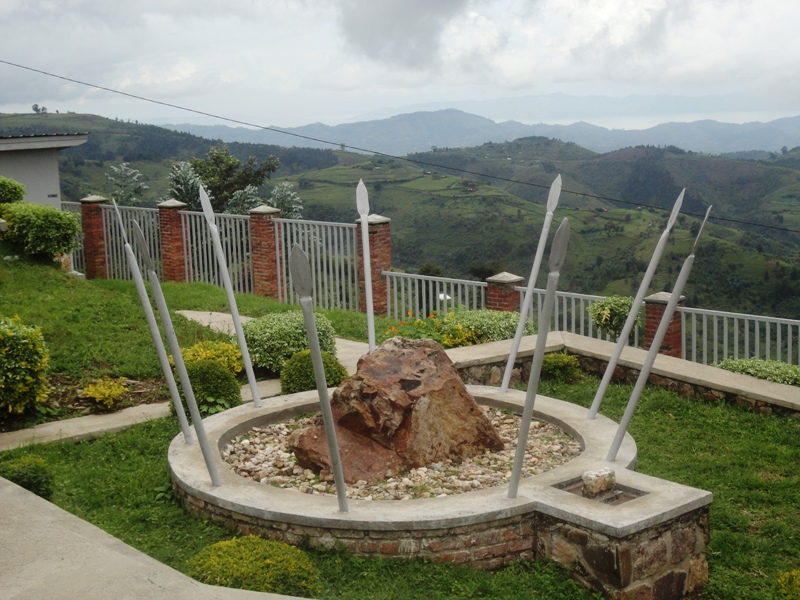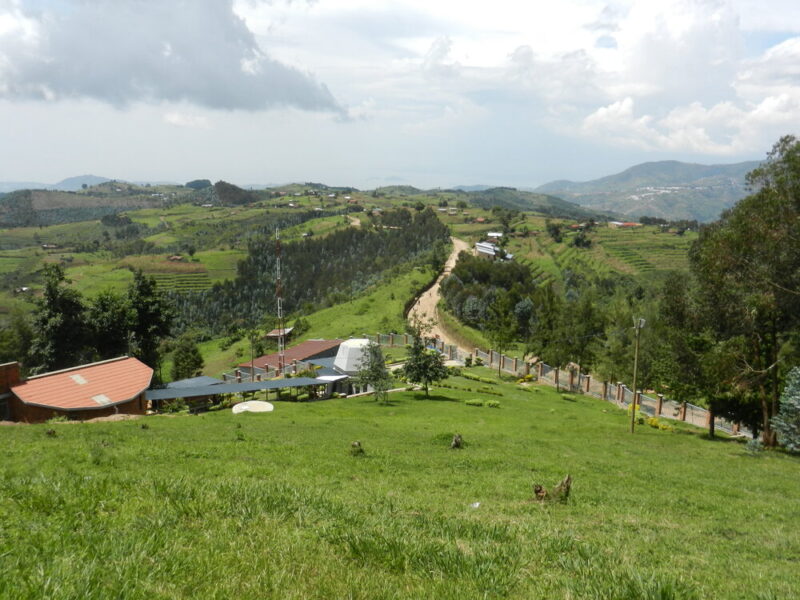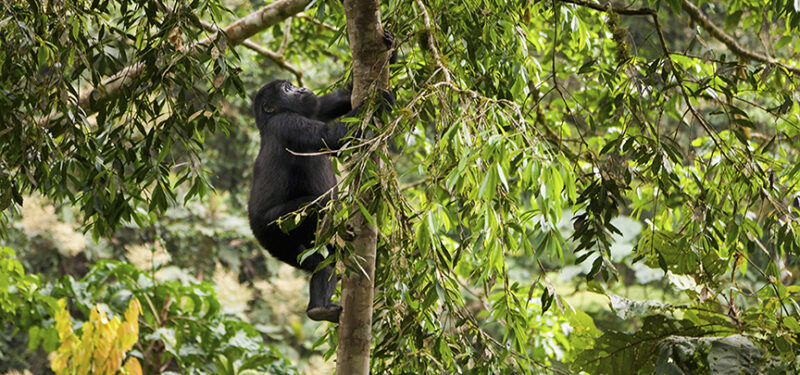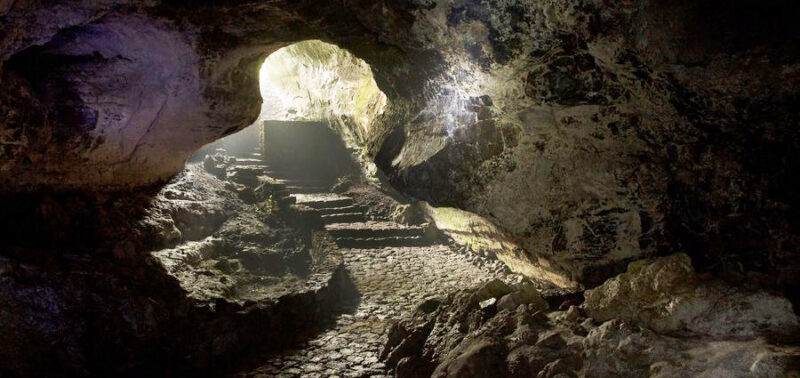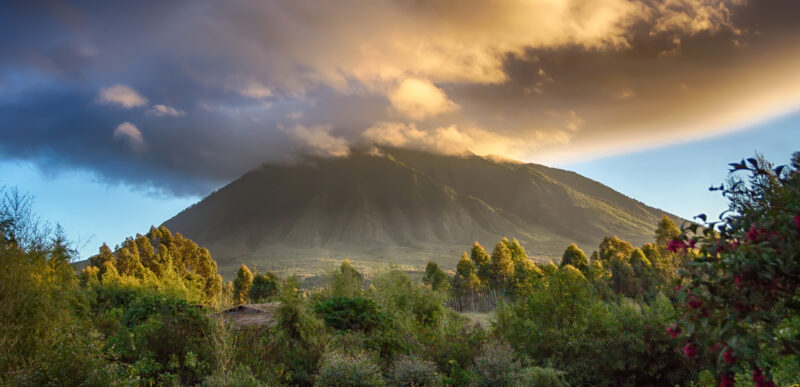Bisesero Memorial Site also known as the memorial of resistance, Bisesero Genocide memorial site is known so much by Rwandans for its resistance during the 1994 genocide against the Tutsis. Between the month of May and June, 1994 is when the Interahamwe came to carry out the massacres that sent over 40,000 Tutsis dead.
THE REAL STORY
During the month of May 1994, residents from neighboring sectors came to take refuge in Bisesero. As mass killings of the Interahamwe increased by the day, people trekked from miles away to take refugees there. As killings drew by, the Bisesero residents had prepared enough to fight rather than succumb to the Interahamwe extremists.
Under the orders of a one elder and resident Aminadabu Birara, the Bisesero residents were put to a tactical preparation to fight back anyone who had come to attack their village. Bisesero being a hilly area, the residents were ordered to take strategic cover on top of the hill called Muyira where they could spot their enemies from above. The only allowed fighters were men and boys that were strong enough to resist, while children and women took cover behind the same hill. At that moment the prominent weapon to the Bisesero residents were stones and a few spears.
THE BIG FIGHT
On 13th May, upon knowledge of the Interahamwe that the Bisesero residents were prepared to fight back – Heavy artillery (Mortar 81, 82, and many heavy arms) from all corners of Rwanda and many armed forces inclusive of the Hutu civilians were deployed in Bisesero to finish off the residents.
Upon reaching Bisesero, over 4000 residents had gathered on top of Muyira Hill with stones and spears ready to defend themselves. Mortar 81s and 82s faced the hill letting loose the gigantic bullets as the Interahamwe extremists rose up the hill. At the same time, the Bisesero Tutsis were aware they had been attacked – upon anyone who tried to go up to the top they would throw stones and spears in defense. Although many died a few did survive trying until 13th June when the French invaded.
FRENCH INVASION
The French invaded Bisesero on 27th June claiming intentions of keeping security and stopping the genocide. Upon their arrival they talked to one Eric who had been a teacher at the time, he knew French. The situation was still alarming although the residents that were well hidden came out of hiding seeking help from the French army. After which, they (the French army) denied and claimed they would come back after three days for their rescue.
Not long after the French army’s departure, the Interahamwe came back to finish what they started. Initially, the Hutu killings went on during the day, but this time around they came to kill day and night to finish off each and everyone before the French did come back 3 days later.
The night of 30th June the French came back and only to find almost everyone slaughtered and just maybe a quarter of the thousands alive but wounded so badly.
Currently the Bisesero Genocide memorial which its construction started in 1997 has three buildings full of human bones and currently an ongoing construction of a grave yard where the 50,000-60,000 bodies will be buried.
Related Rwanda Posts


